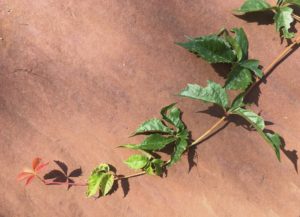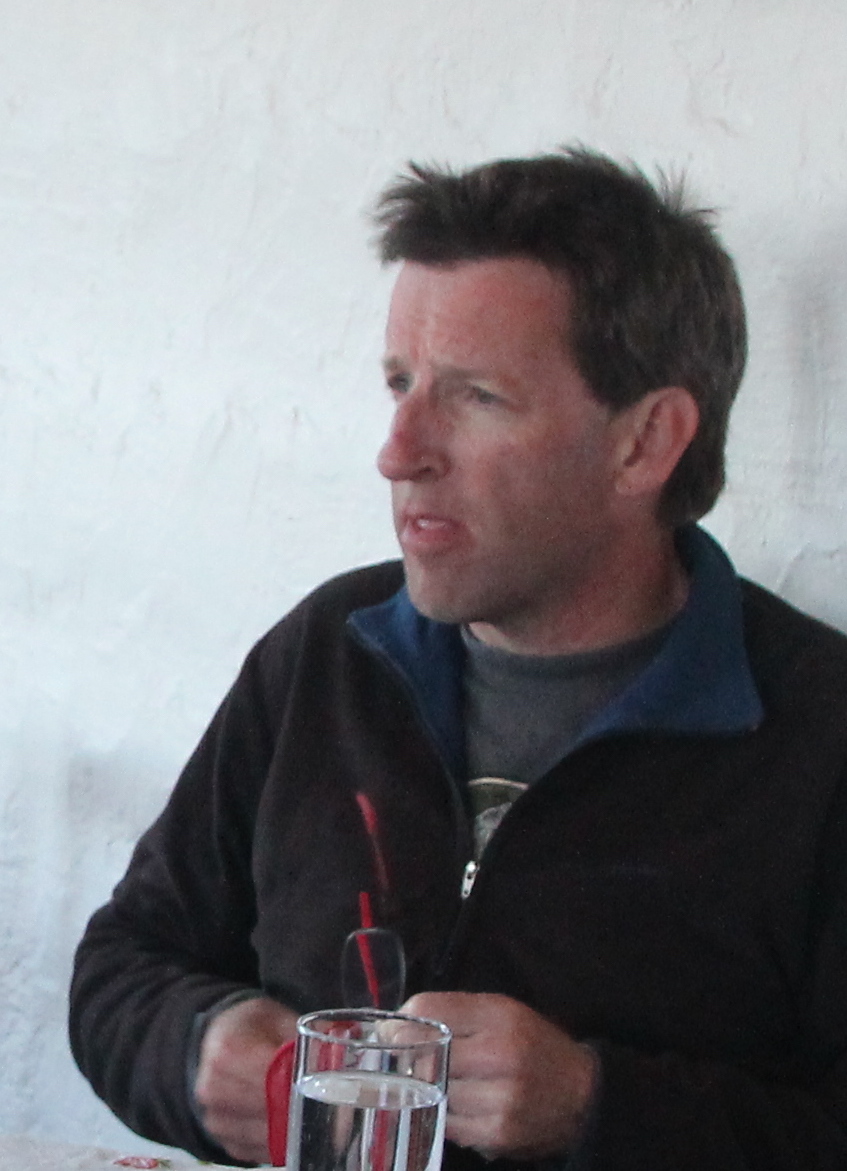 September has always been complicated.
September has always been complicated.
Other months were easily defined in the Upper Midwest when I was growing up. February: Frigid, brutal, a sharp razor of a month that couldn’t cut its way out of town too soon. July: A saunter cut through with the scent of freshly mown grass and the whip-whip of lawn sprinklers hissing their way into the late dusk. October: The rustle of fallen leaves skidding with the wind across sidewalks, pumpkins and fresh apple cider, all somehow redolent of some nostalgic Abe Lincoln past just as the leaves pointed sweetly and sadly toward the optimism and growth of summer.
But September: It was impossible to nail down. September could be hot and breathless or biting cold, oppressive with humidity or cool as some wind coming down from icy Canadian lakes. September was the rump end of summer and the first incarnation of fall. More so than December or January, it was a time of transition embodied, as if the whole month had been built around the concept of moving from one state to another.
For us, school began in September, right after Labor Day, and so the whole month carried with it a faint ongoing whiff of mourning, a visceral knowledge that we had to give up something good and luxurious that resided in the summer months. I guess I’ve always been too focused on time and on impending loss, for I remember counting precisely how many weeks and days the summer held and from that calendar calculating what late July day stood as the exact middle of the summer vacation and, as a result, as the day when the summer ceased to stretch out indefinitely and became instead a matter of the inevitable countdown toward the first day of school. Tick, tick, tick, the days wound down just as the perfect green that the leaves showed off in early June faded into something more time-worn, scarred, rich and complicated, as the summer weeks passed by.
But it wasn’t the change of seasons that dominated my thinking about September, or anyone’s, probably. No, it was that damn academic year, the knowledge that it was back-to-school month, when the languid schedule of vacation time gave way to regimentation, to getting up early, to getting used to new teachers and assignments.
Each fall I’d measure with my finger my new textbooks—U.S. history, physics, calculus, each one a healthy two inches’ worth of impending learning. Maybe I’d already written my name in marker on the exposed page edges, the way we did then. But even so it was impossible to credit the idea that by the end of the school year all the material contained inside would be somehow injected into our brains for ready retrieval and use. It was as if each of those books was more an embodiment of time, a representation of the next eight or nine months to come, than an introduction to whatever topic happened to be printed on the spine.
But these transitions were nothing compared to the fraught challenge of dealing with schoolmates.
Mates? It was not a word that came to mind then. My schoolmates, or classmates, were much more complicated than that. They constituted an ecosystem all their own, as full of allies and enemies and bystanders as any of the convoluted political struggles we studied in history class.
From my obviously limited perspective some seemed simple to define, kind of two-dimensional: The jocks, the math nerds, the theater kids, the popular kids who ran for student council and seemed to always have boyfriends or girlfriends. Others were, well, complicated. And never more so than at the beginning of a new school year, when it was impossible to predict how the relationship cards would be reshuffled. Was there a chance to craft a real friendship with that kid from last year’s English class? Would there be anyone new on the newspaper staff? Would there, could there, be a girl willing to join our math study group?
Maybe, maybe not. The thing about September is that it’s always been comprised of equal parts terror and potential. Which is a good way to think about how this year’s September moved into Flagstaff, after what was shaping up to be the driest monsoon season ever. It has been pleasant to experience the cooler days and the hint of fall’s bite in the late evening and early morning. The garden’s need for water has diminished a bit with the temperatures. Warblers swarm the box elder trees as they do every September, fattening up on aphids and other bugs as they prepare to move farther south. And as happens every year at this time on some night I’ll have a school dream. It’s been long enough since my student days that I no longer dream about rushing to get to a final exam for a class that I somehow didn’t realize I was taking until the final day of the semester. Now that I teach, my anxiety dreams feature me about to walk into a classroom where I have to give a lecture about something I know nothing about, like genetics or Middle Eastern history.
I wake up with relief—it’s not really happening. Outdoors, on the other hand, I don’t know. Is it happening? Is the fact of barely having had a monsoon season a random fluke—the kind of thing that could just happen during any year—or is it a troubling sign of things to come? Climate models have trouble predicting what might happen to the southwestern monsoon in a climate change future. Warmer temperatures, yes, but more water? Less water? There’s no clear pattern visible yet.
That’s the thing about living in any time of transition: It’s hard to know what is a real signal about the future and what is simple chance. On any September day you might find yourself in a classroom that will change your life. You might make a new friend. You might find yourself, facing an uncertain future, deciding to go all in on preparing for whatever the coming winter months might bring.

